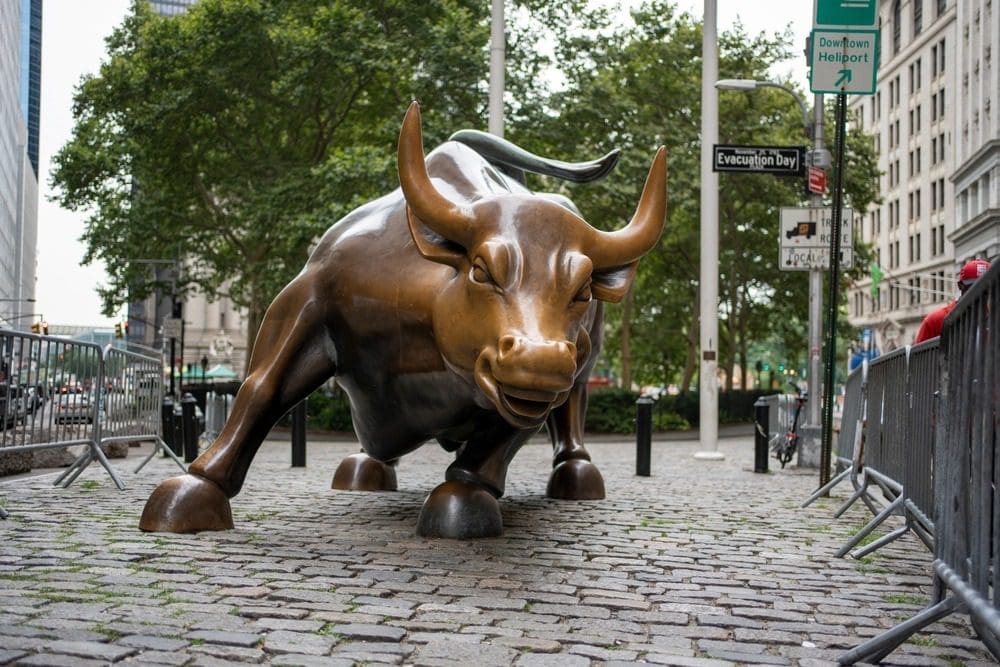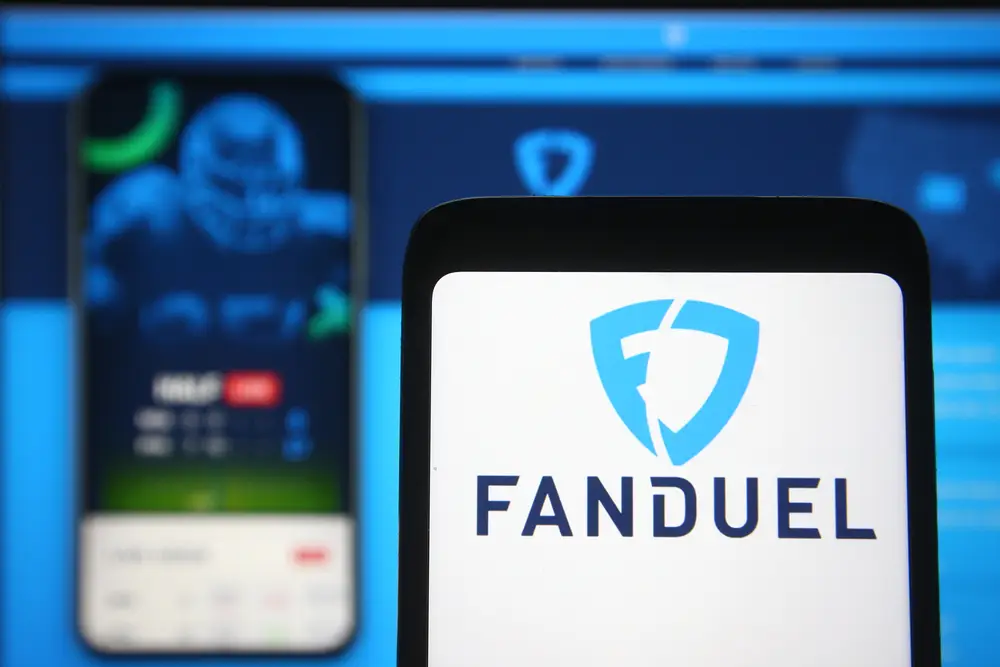
Figma isn’t just another design tool — it’s the platform tech companies can’t live without.
On IPO day, it didn’t just debut, it detonated — crushing Wall Street’s expectations and putting design dead-center in the conversation about tech’s future.
It’s a case study in how to go public, how to keep control, and how to cash out without losing your soul.
What Figma Is

A browser-based, collaborative design and prototyping tool. If Google Docs and Photoshop had a kid who worked in tech, it would be Figma.
IPO Fireworks

Debuted at $33, closed at $115.50, and hit a near-$47B valuation before flirting with $68B. A 250% pop that single-handedly revived the tech IPO market.
Not a Fundraise — a Payday

This IPO was a liquidity fest. VCs and insiders sold twice as many shares as the company issued. CEO Dylan Field walked away with millions and still runs the show.
The Numbers

2024 revenue: $749M (up 48%). Q1 2025 net income: $45M. Gross margin: 88%. Net dollar retention: 132%. Translation: they print money and customers stick around.
Founder Control

Field holds 74% voting power through super-voting shares. Public stockholders have a seat on the ride — but Field’s driving the bus.
Adobe’s $20B Miss

The blocked 2023 acquisition turned out to be the best thing that ever happened to Figma. They went public worth more than the deal — and without losing independence.
IPO Market Shockwave

The debut snapped a yearslong VC-backed IPO drought and sparked renewed investor appetite for tech listings.
AI in the Blueprint

Field says AI will turn designers into generalists — merging product, dev, research, and design into a single workflow. Figma’s already building for that future.
Reality Check

Big pops can fade fast — snowflake-style. Investors riding the high should buckle up for volatility.
The Lesson

Design isn’t decoration anymore — it’s infrastructure. IPOs can be engineered for control. And if you’ve got the numbers, the market will happily make you richer than you already are.



























